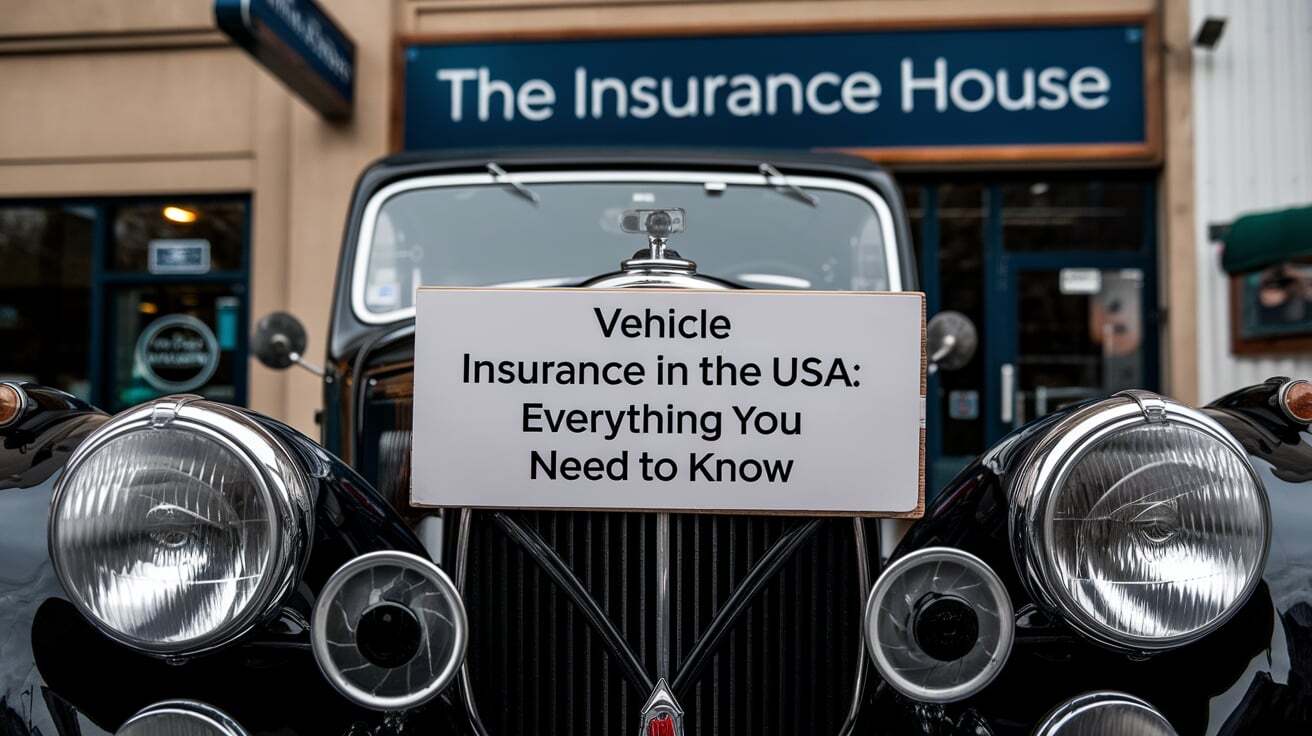Introduction
Vehicle insurance is a critical aspect of car ownership in the USA. It not only provides financial protection against accidents and theft but is also a legal requirement in most states. Understanding the nuances of vehicle insurance can help you choose the best policy and avoid potential pitfalls. This article will guide you through the essentials of vehicle insurance in the USA, including types of coverage, factors affecting premiums, and tips for selecting the right policy.
Types of Vehicle Insurance Coverage
- Liability Insurance
- Bodily Injury Liability: Covers medical expenses and lost wages for the other party if you’re at fault in an accident.
- Property Damage Liability: Covers damages to the other party’s property if you’re at fault.
- Collision Insurance
- Covers damages to your own vehicle in case of an accident, regardless of who is at fault.
- Comprehensive Insurance
- Covers non-collision-related damages, such as theft, vandalism, natural disasters, and falling objects.
- Personal Injury Protection (PIP)
- Covers medical expenses for you and your passengers, regardless of fault. Some policies also cover lost wages and rehabilitation costs.
- Uninsured/Underinsured Motorist Coverage
- Provides protection if you’re involved in an accident with a driver who has insufficient or no insurance.
- Gap Insurance
- Covers the difference between the actual cash value of your vehicle and the amount you owe on your loan or lease if your car is totaled.
Factors Affecting Insurance Premiums
- Driving Record
- A clean driving record with no accidents or traffic violations can significantly lower your premiums.
- Vehicle Type
- The make, model, and year of your vehicle affect your insurance rates. Generally, newer and more expensive cars cost more to insure.
- Location
- Urban areas with higher traffic density typically have higher premiums compared to rural areas.
- Coverage Amount
- The more coverage you opt for, the higher your premiums will be. It’s essential to balance adequate coverage with affordability.
- Deductibles
- Higher deductibles can lower your premiums, but you’ll pay more out-of-pocket in case of a claim.
- Credit Score
- In some states, insurers use credit scores to determine premiums. A higher credit score can lead to lower rates.
Tips for Choosing the Right Vehicle Insurance
- Compare Quotes
- Shop around and compare quotes from multiple insurers to find the best rates and coverage options.
- Bundle Policies
- Consider bundling your vehicle insurance with other policies, such as home or renters insurance, to get discounts.
- Review Coverage Needs
- Regularly review and adjust your coverage to match your current needs and financial situation.
- Ask for Discounts
- Many insurers offer discounts for safe driving, low mileage, anti-theft devices, and more. Be sure to ask about available discounts.
- Read the Fine Print
- Understand the terms and conditions of your policy, including exclusions and limitations, to avoid surprises during a claim.
Conclusion
Vehicle insurance is an essential part of owning and driving a car in the USA. By understanding the different types of coverage, factors affecting premiums, and tips for choosing the right policy, you can make informed decisions that protect you financially and ensure compliance with legal requirements. Always remember to periodically review your insurance needs and adjust your policy accordingly to maintain optimal coverage and cost-effectiveness.


